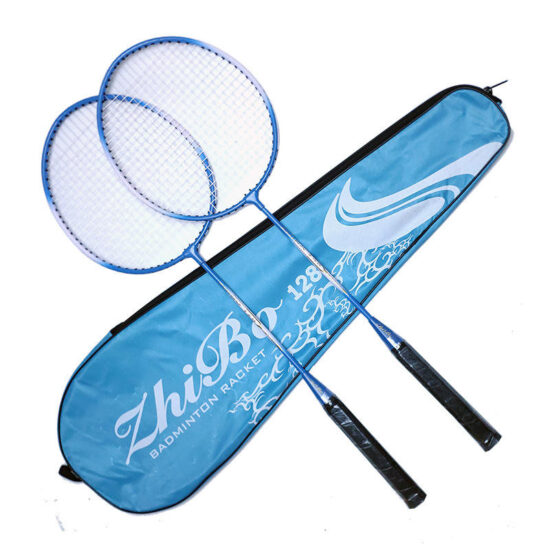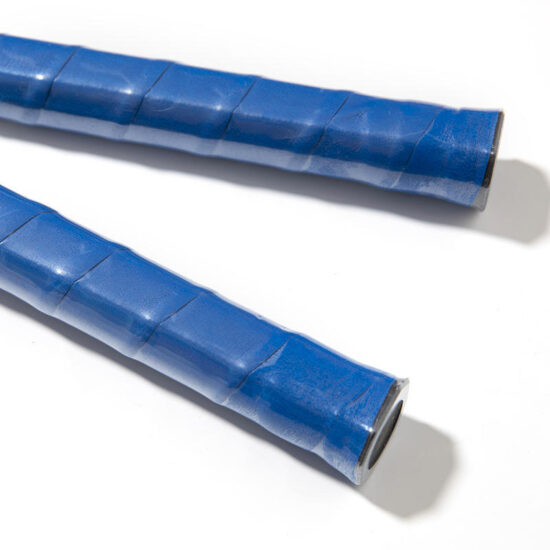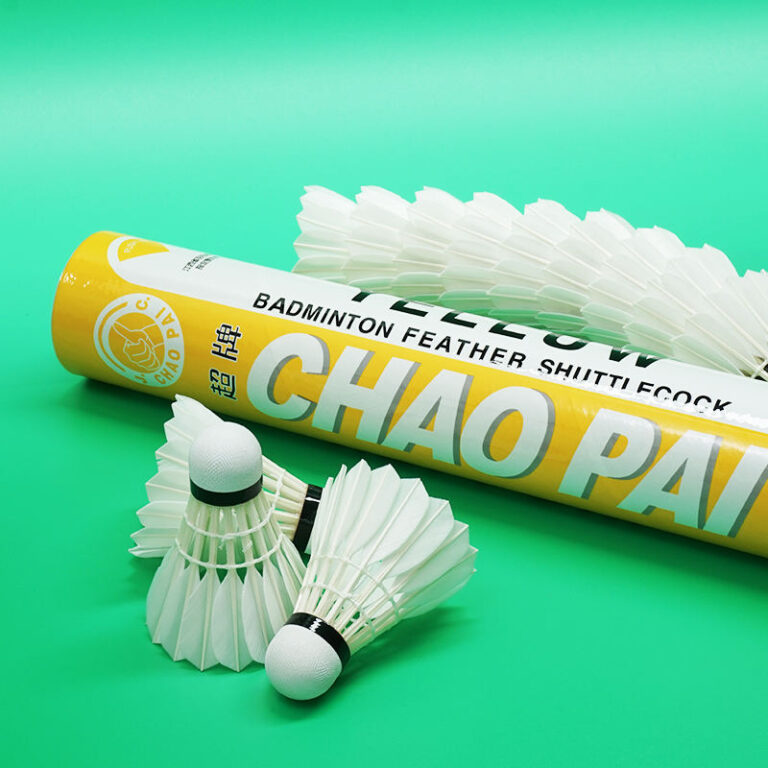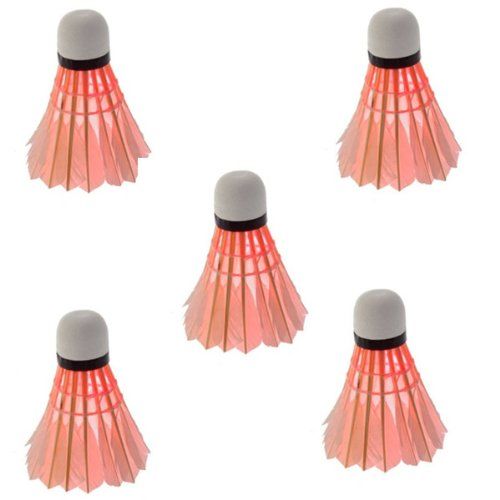jay@nbdho.com
The Evolution of the Shuttlecock: From Goose Feathers to Nylon
Here’s a complete SEO-optimized blog post draft for “The Evolution of the Shuttlecock: From Goose Feathers to Nylon”:
Title: The Evolution of the Shuttlecock: From Goose Feathers to Nylon
Meta Description: Explore the fascinating history and evolution of the badminton shuttlecock—from traditional goose feathers to modern nylon designs—and how innovation shapes gameplay today.
🏸 Introduction
The shuttlecock, or birdie, is the heart of badminton, a game enjoyed by millions worldwide. But have you ever wondered how this seemingly simple piece of equipment evolved over time? From natural goose feathers hand-crafted centuries ago to today’s high-tech nylon alternatives, the shuttlecock’s journey is a story of innovation and adaptation. Let’s explore its evolution and what it means for players today.
1. The Origins: Natural Goose Feathers
- The original shuttlecocks were made using goose feathers, prized for their durability and aerodynamic properties.
- Goose feathers provide a stable, predictable flight, essential for accurate play.
- Early shuttlecocks were handmade, with 16 feathers carefully arranged and attached to a cork base.
📝 Why goose feathers?
They are lightweight yet sturdy, allowing shuttlecocks to fly smoothly and maintain spin.
2. Traditional Craftsmanship and Limitations
- The manufacturing process was labor-intensive and required skilled craftsmanship.
- Natural feathers are sensitive to weather conditions: humidity can warp feathers, and dry air can make them brittle.
- Feather shuttlecocks wear out faster than synthetic alternatives, often needing replacement after just a few games.
3. Introduction of Nylon Shuttlecocks
- Nylon shuttlecocks were developed as a durable, cost-effective alternative in the late 20th century.
- Made from molded synthetic materials, nylon shuttlecocks offer:
- Higher durability
- Resistance to moisture and environmental factors
- More consistent shape and flight for recreational play
✅ Popular brands like Yonex Mavis revolutionized training and casual badminton with their nylon birdies.
4. Performance Differences: Feather vs. Nylon
| Feature | Feather Shuttlecocks | Nylon Shuttlecocks |
|---|---|---|
| Flight Stability | Superior, more natural arc | Slightly less stable |
| Durability | Less durable, wears quickly | Much more durable |
| Cost | Higher cost | More affordable |
| Use Case | Professional and tournament play | Recreational and training |
5. Technological Innovations in Shuttlecock Design
- Advanced feather selection and treatment methods for premium feather shuttlecocks.
- Development of speed-graded shuttlecocks to match different climates and playing conditions.
- Enhanced nylon materials that better mimic feather flight characteristics.
- Improved cork bases with composite materials for durability and performance.
6. Sustainability and the Future
- Some manufacturers are exploring eco-friendly materials to reduce environmental impact.
- Research is ongoing into biodegradable shuttlecocks and sustainable feather sourcing.
🏸 Conclusion
The shuttlecock has come a long way from its humble beginnings with goose feathers to the modern nylon options that make badminton more accessible worldwide. Each type has its unique benefits, and understanding this evolution helps players appreciate the blend of tradition, technology, and innovation behind every smash and rally.
🎯 Whether you prefer the classic feel of feather or the durability of nylon, the shuttlecock’s evolution continues to enhance the game we love.
Suggested SEO Keywords:
history of shuttlecock, feather vs nylon shuttlecock, evolution of badminton shuttlecock, nylon shuttlecock benefits, badminton equipment history
Would you like me to include a timeline graphic or historical photos to enrich this post?





